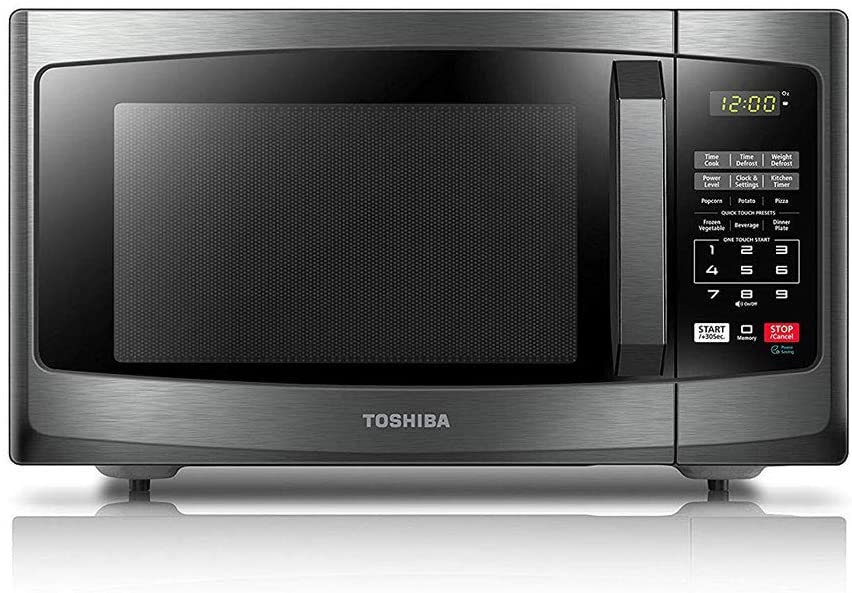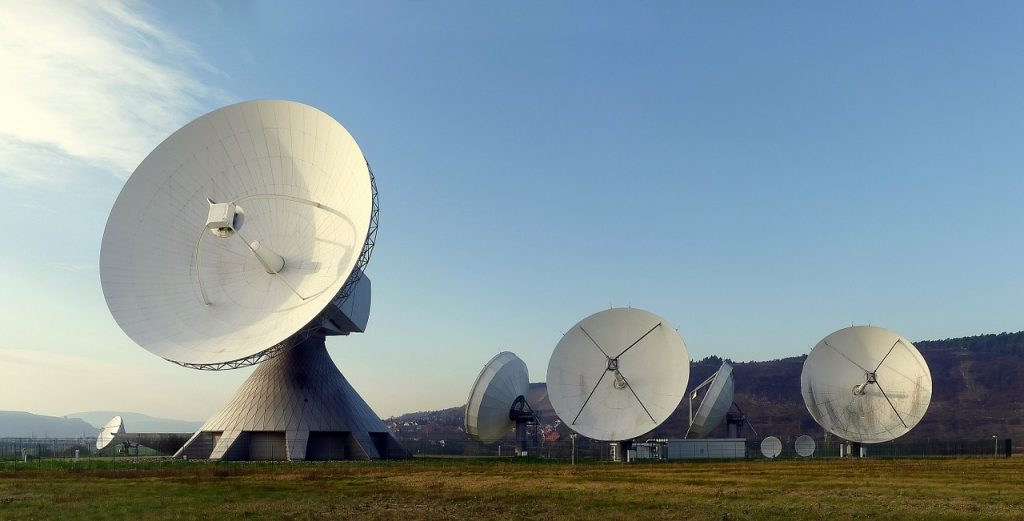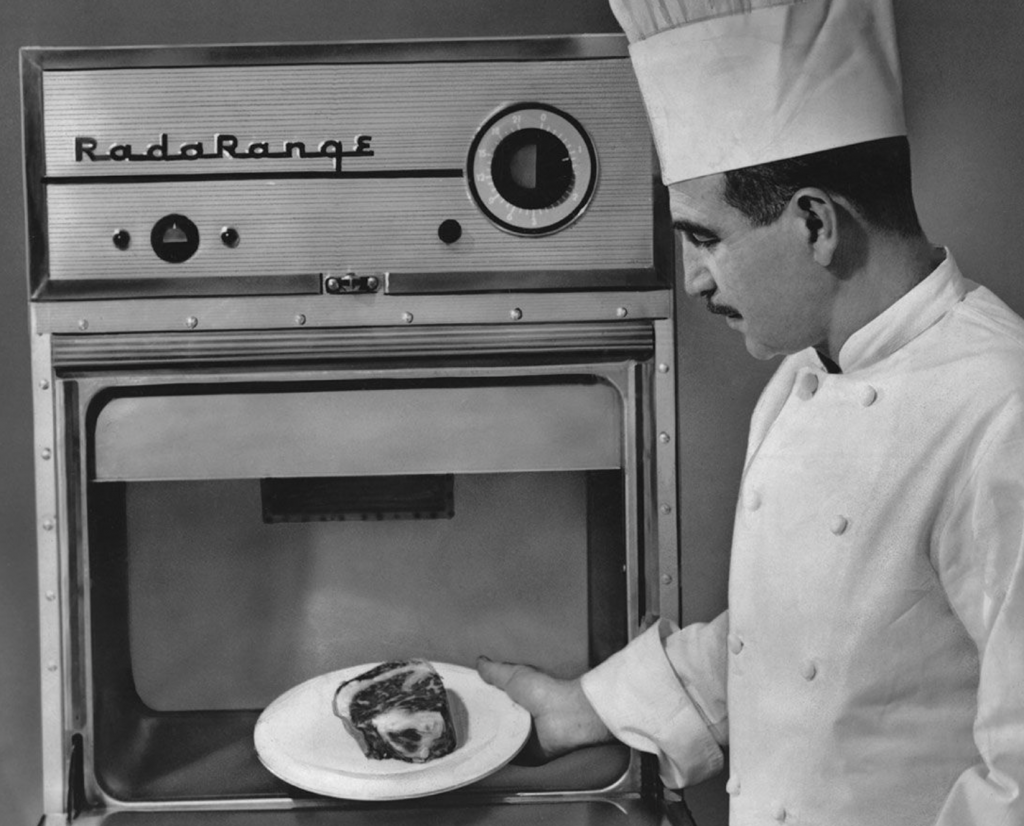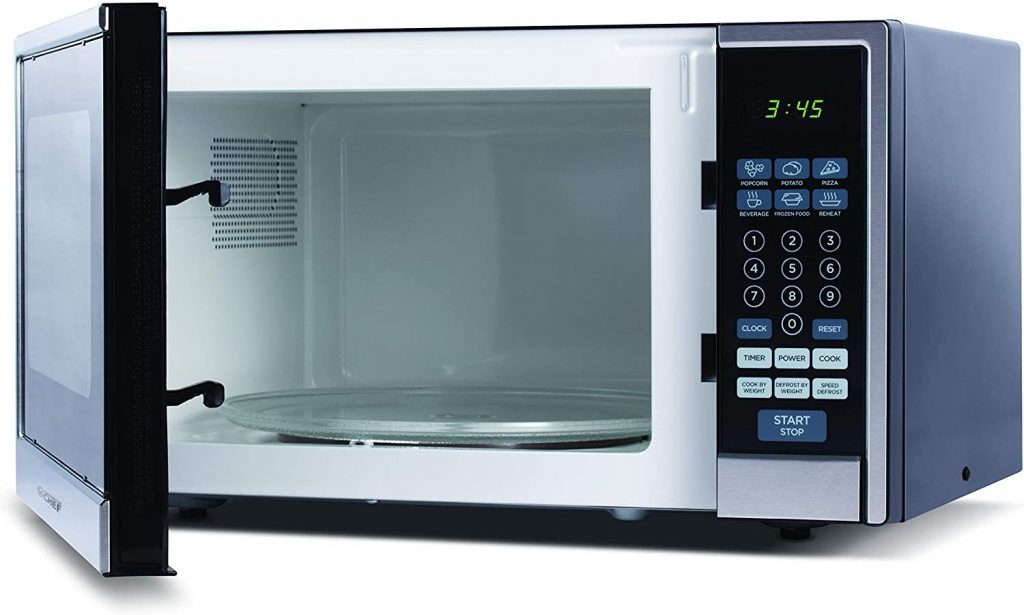How Long Have Microwaves Been Around?
Learn how microwaves evolved to become such a vital kitchen appliance.
This article is more than 2 years old

Microwaves are the epitome of kitchen convenience. They can heat or cook virtually anything you could think of in a matter of minutes. They are the precursor to any school-aged child being able to whip up a meal for themselves. They are the go-to for any college student trying to survive the perils of higher education. And they are a godsend for tired parents coming home from a long day at the office with no energy to even attempt to cook a full meal. Microwaves are the humming heroes of the modern world.
Microwaves are so commonplace, in fact, that you’ll likely find them in almost any residence you walk into in the United States. According to Statista, 78% of households in the US own microwaves. This makes microwaves one of the most-owned appliances in the country, right alongside refrigerators, vacuums, and washing machines. Microwaves are so common and so convenient that many of us now simply take them for granted. However, believe it or not, Microwaves weren’t always around. In fact, their earliest years put them at less than a century old. Which serves to beg multiple questions: How did microwaves come to be? Why did they get so popular? And how did they achieve such staying power in the kitchen?
WAR-BORN TECHNOLOGY

In the 1920s a device called the vacuum tube radio transmitter was created. A was vacuum tube radio transmitter is essentially a piece of technology that could heat short-range radio waves. At the tail end of WWII, this technology was repurposed to be used for short-wavelength radar so that allied forces could detect nearby enemies. Sir John Turton Randall, a British wartime physiatrist, was credited for building a multi-cavity magnetron.
The cavity magnetron built upon the technology in the tube radio transmitter. The cavity magnetron allowed Randall and his team to teeter the precipice of harnessing the type of radar they were aiming to create. To develop his technology further and use it as leverage to entice the United States to provide more help to Britain’s war efforts, Randall along with his partner Harry Boot when to Birmingham University and developed a valve that could be inserted into the cavity magnetron and thereby cause it to emit pulses of radio energy at a wavelength of 10 cm known as microwaves. This development is the very foundation that would later lead to the development of microwaves.
POST-WAR TINKERING

Britain’s goal with their new valve invention was to secure more aid from US forces. Thus, in what is now known as the Tizzard Mission, Sir Henry Tizzard journeyed to the United States and struck a deal that gave the United States the right to this new shot wavelength technology. One of the key companies that received a contract to produce and manufacture Randall’s magnetron invention was Raytheon Technologies Corporation.
The aftermath of WWII sparked an economic boom in more ways than one. Following the war, during this period of prosperity many individuals, families, and companies were more financially secure and thus, in a sense, more willing to take risks. Or in Percy Spencer’s case, tinker. In 1945, Spencer was employed by Raytheon. One day, while on the job he noticed that the microwaves being emitted by the magnetron unit he was working on began to melt a bar of chocolate that he had in his pocket.
The melted chocolate bar prompted Spencer to theorize that the microwaves coming from the devices were heating the molecules in the food. He tested his theory by placing un-popped kernels of popcorn near the device. Lo and behold, in a matter of minutes the kernels had popped. Spencer went on to further prove his hypothesis by limiting the microwaves’ field to the parameters inside a metal box, and once again he was proven right. He brought his findings to the heads of Raytheon who, in October of 1945, filed a patent based on Spencer’s discovery. This was the first proof of concept that a thing such as a microwave oven could exist. Unfortunately, however, Spencer would never receive proper compensation for his work. He died at the age of 76 only ever having been paid $2 for his discovery.
RADARANGE

Despite the injustice that Spencer incurred for not receiving proper credit, the development of what would become the modern microwave was well underway. In 1947, Ratheon unveiled that Radarange. The Radarange was the first microwave available to the public and it looked absolutely nothing like the way microwaves do at present. In fact, it looked more like a high-capacity commercial grade oven that you could find in a busy restaurant today.
To put it into perspective, it stood just shy of six feet tall and weighed a whopping 750 pounds. It sold for around $2,000, which adjusted for inflation is approximately $30,000. Needless to say, the microwave’s first iteration was not exactly a practical version for the average household.
Various other companies eventually began to produce their own microwave models, similar to that of the Radarange. The likes of Whirlpool, Westinghouse, Sharp, and others all tried their hand at building their own microwaves. However, they were all just as unwieldily and they never sold well. It wasn’t until the 1960s that this would change.
THE MODERN MICROWAVE

When a company called Litton bought Franklin Manufacturing in the late 1960s, they acquired the licenses needed to produce microwaves. And that they did, however, they did so a little differently. They were the first company to come up with a smaller more compact version, akin to modern microwaves. This miniaturization allowed microwaves to become more practical for home use, and as a result, they were able to begin to effectively penetrate the market. By 1975 one million people owned a microwave.
Throughout the 1970s, Litton continued to capitalize on their early success and introduced two more affordable microwaves so that the appliances would become a more attractive option for the masses. Other companies who also held the rights to make microwaves began to tap into the action and by 1986, microwaves could be found in about a quarter of American households.
THE 1990S

The 1990s are what really solidified the staying power of microwaves in American kitchens. The 1990s largely gave rise to dual-income households, working moms, and many kids who were in charge of themselves for a couple of hours after school. This new societal framework provided a window for microwaves to become an almost essential kitchen appliance to own. By 1997 approximately 90% of households were equipped with a microwave oven.
TODAY

Microwaves were developed out of technology that was the product of the time and they evolved to become interwoven within the evolution of American culture. Their convenience is unmatched. Their lifestyle integration is undeniable, and their staying power is backed by the masses who covet their usefulness. In their own way, microwaves are little mechanical masterpieces.



